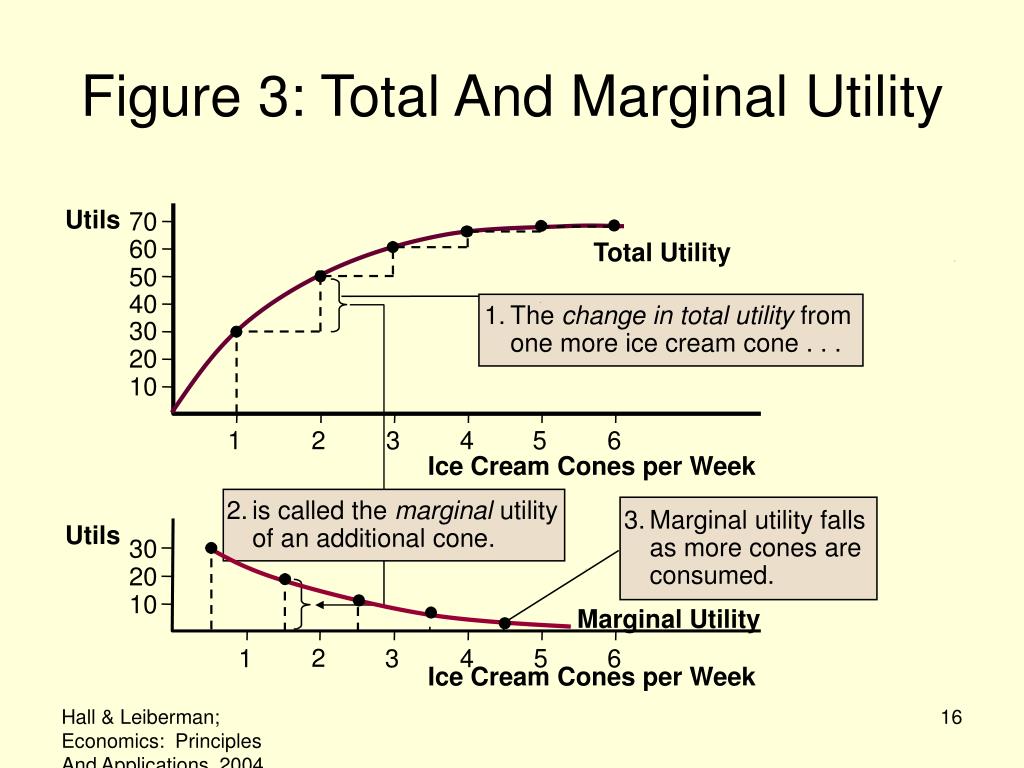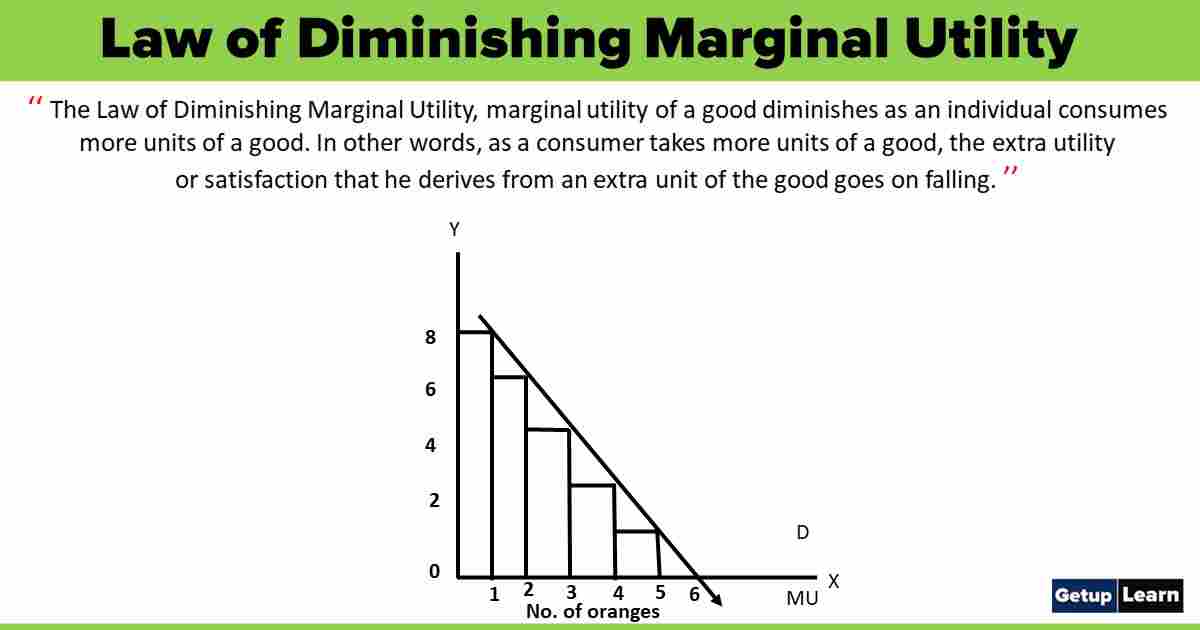Law Of Diminishing Marginal Utility Presentation
| Introduction to the Law of Diminishing Marginal Utility | ||
|---|---|---|
| The Law of Diminishing Marginal Utility refers to the decrease in satisfaction or usefulness a consumer derives from each additional unit of a product consumed, holding other factors constant. This law helps explain consumer behavior and the downward sloping demand curve. It is a fundamental concept in microeconomics. | ||
| 1 | ||
| Understanding Marginal Utility | ||
|---|---|---|
| Marginal utility is the additional satisfaction gained from consuming one more unit of a product or service. It is subjective and varies from person to person. Marginal utility can be measured by the willingness to pay for an additional unit of a good or service. | ||
| 2 | ||
| Law of Diminishing Marginal Utility Explained | ||
|---|---|---|
| The law states that as a consumer consumes more units of a product, the marginal utility derived from each additional unit decreases. The first unit consumed provides the highest level of satisfaction, and subsequent units provide diminishing levels of satisfaction. This is due to the finite nature of human wants and the principle of diminishing returns. | ||
| 3 | ||
| Relationship between Total Utility and Marginal Utility | ||
|---|---|---|
| Total utility is the overall satisfaction derived from consuming a certain quantity of a product. Marginal utility contributes to total utility, as each additional unit adds to the total satisfaction. However, as marginal utility decreases, the rate of increase in total utility slows down. | ||
| 4 | ||
| Graphical Representation of Diminishing Marginal Utility | ||
|---|---|---|
| The law of diminishing marginal utility is represented by a downward-sloping curve on a graph. The curve shows the diminishing satisfaction or utility from consuming additional units of a product. The curve becomes flatter as more units are consumed, indicating a decrease in marginal utility. | ||
| 5 | ||
| Consumer Equilibrium and Maximizing Utility | ||
|---|---|---|
| Consumers aim to maximize their utility or satisfaction from the goods and services they consume. Consumer equilibrium is achieved when the consumer allocates their budget in a way that the marginal utility per dollar spent is equal across all goods. This ensures that the consumer is maximizing their overall satisfaction given their budget constraint. | ||
| 6 | ||
| Practical Applications of the Law of Diminishing Marginal Utility | ||
|---|---|---|
| The law of diminishing marginal utility helps explain pricing strategies such as quantity discounts, where the price per unit decreases as more units are purchased. It also explains the popularity of bundling products together, as consumers value the variety and additional utility gained. The concept is also useful in understanding consumer behavior in terms of saving, spending, and decision-making. | ||
| 7 | ||
| Limitations and Criticisms of the Law of Diminishing Marginal Utility | ||
|---|---|---|
| The law assumes that preferences remain constant, which may not always be the case in real-world scenarios. It also assumes that the utility derived from each unit is measurable, which can be challenging in practice. The law does not consider external factors such as advertising or social influences that may impact consumer behavior. | ||
| 8 | ||
| Importance of the Law of Diminishing Marginal Utility | ||
|---|---|---|
| The law of diminishing marginal utility provides insights into consumer behavior and helps firms make pricing and marketing decisions. It is a fundamental concept in economics that contributes to our understanding of how individuals make choices and allocate resources. It is also crucial for policymakers in understanding the impact of taxation and redistribution of wealth. | ||
| 9 | ||
| Conclusion | ||
|---|---|---|
| The law of diminishing marginal utility is a fundamental concept in microeconomics. It explains the decrease in satisfaction or usefulness a consumer derives from each additional unit of a product consumed. Understanding this law helps firms optimize pricing and marketing strategies, and policymakers make informed decisions. | ||
| 10 | ||

:max_bytes(150000):strip_icc()/marginalutility_Final-425c1cf087a34d4d808a0bacb5bb8714.png)




